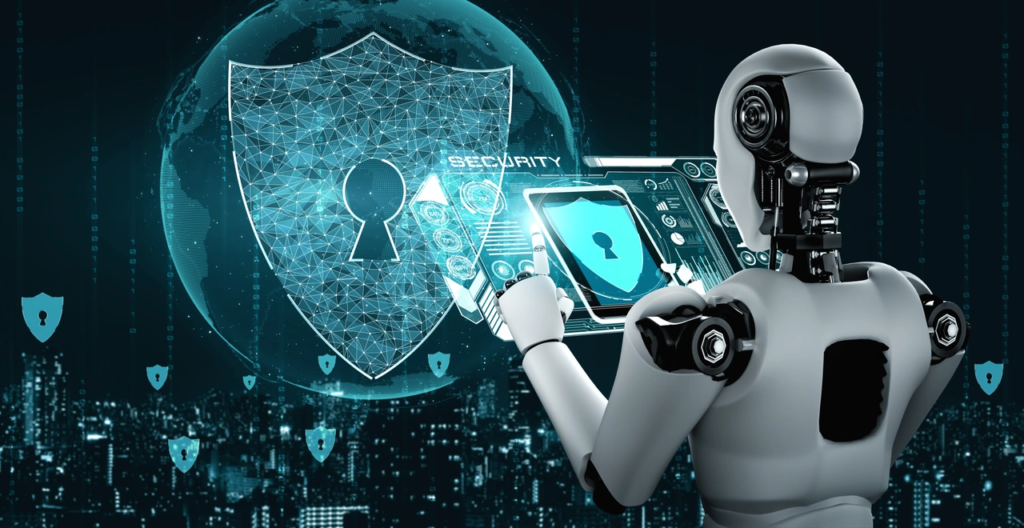Introduction
The rapid evolution of artificial intelligence (AI) has paved the way for agentic AI, a revolutionary advancement that enhances autonomy in decision-making. Unlike traditional AI, which relies on specific prompts, agentic AI independently assesses tasks, prioritizes actions, and makes informed decisions based on contextual understanding. This article explores its applications in construction and cybersecurity, highlighting the transformative impact on these industries.
Agentic AI in Construction
The construction industry is undergoing a digital transformation, and agentic AI plays a pivotal role in optimizing project management and safety protocols. By analyzing extensive data sets, these AI-driven agents can predict delays, streamline resource allocation, and enhance overall efficiency.
One of the most significant benefits of agentic AI in construction is its ability to proactively identify and mitigate safety hazards. AI agents continuously monitor job sites, assess risks, and recommend preventive measures. This proactive approach not only improves worker safety but also reduces project delays and cost overruns, ensuring seamless execution.
Agentic AI in Cybersecurity
In cybersecurity, agentic AI acts as an autonomous defense mechanism, continuously monitoring networks, analyzing data, and responding to threats in real time. Unlike conventional security systems that require human intervention, agentic AI can independently detect vulnerabilities, assess risks, and implement protective measures.
By automating threat investigations and prioritizing security risks, agentic AI significantly reduces the workload on human security teams. Its adaptive learning capabilities allow it to evolve with emerging cyber threats, strengthening an organization’s digital security posture while minimizing response times.
Key Considerations and Challenges
While agentic AI offers groundbreaking advantages, its implementation requires careful oversight. Ensuring accuracy, reliability, and ethical decision-making is crucial, particularly in high-risk industries like construction and cybersecurity. Organizations must establish rigorous validation frameworks and compliance measures to govern AI-driven decisions.
Additionally, businesses must invest in workforce training to effectively integrate AI into existing workflows. Educating teams on AI capabilities and limitations fosters collaboration between human expertise and AI-driven automation, maximizing efficiency while maintaining oversight.
Conclusion
Agentic AI represents a paradigm shift in artificial intelligence, unlocking new possibilities for efficiency, safety, and security. Its applications in construction and cybersecurity demonstrate its potential to revolutionize industries by enhancing automation and decision-making. However, successful integration requires a balanced approach, combining technological innovation with human oversight. Organizations that embrace agentic AI strategically will gain a competitive advantage in an increasingly AI-driven world.



